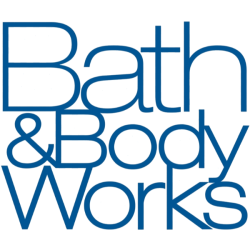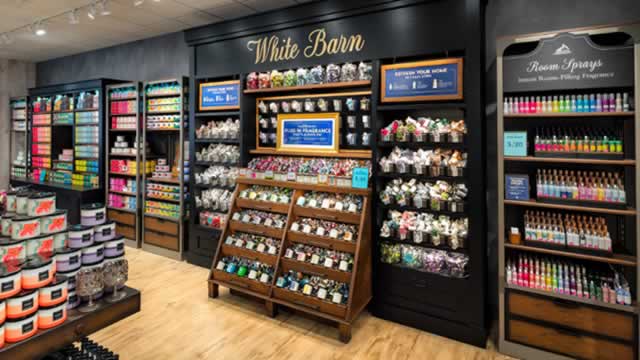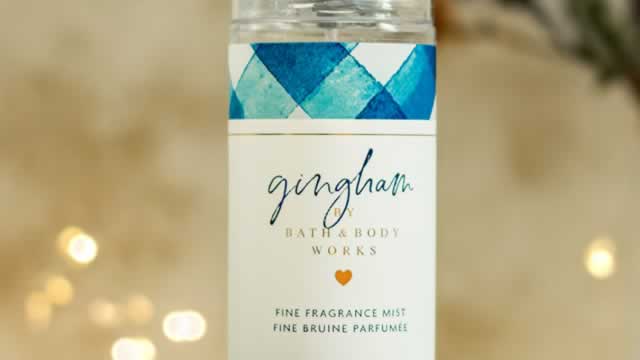
BBWI
Bath & Body Works, Inc.
$17.41
0.04
(0.23%)
| Exchange: | |
| Market Cap: | 3.674B |
| Shares Outstanding: | 726.5M |
About The Company
| Sector: | Consumer Cyclical | |||||
| Industry: | Specialty Retail | |||||
| CEO: | Daniel Heaf | |||||
| Full Time Employees: | 8975 | |||||
| Address: |
|
|||||
| Website: | https://www.bbwinc.com |
Bath & Body Works, Inc. operates a specialty retailer of home fragrance, body care, and soaps and sanitizer products. The company sells its products under the Bath & Body Works, White Barn, and other brand names through specialty retail stores and websites located in the United States and Canada, as well as through international stores operated by partners under franchise, license, and wholesale arrangements. As of January 29, 2022, it operated 1,755 company-operated retail stores and 338 international partner-operated stores. The company was formerly known as L Brands, Inc. and changed its name to Bath & Body Works, Inc. in August 2021. Bath & Body Works, Inc. was founded in 1963 and is headquartered in Columbus, Ohio.
Click to read more…
Revenue Segmentation
EPS
Earnings Call
Income Statement
(* All numbers are in thousands)
Balance Sheet
(* All numbers are in thousands)
Cash Flow Statement
(* All numbers are in thousands)
Analyst Estimates
(* All numbers are in thousands)







